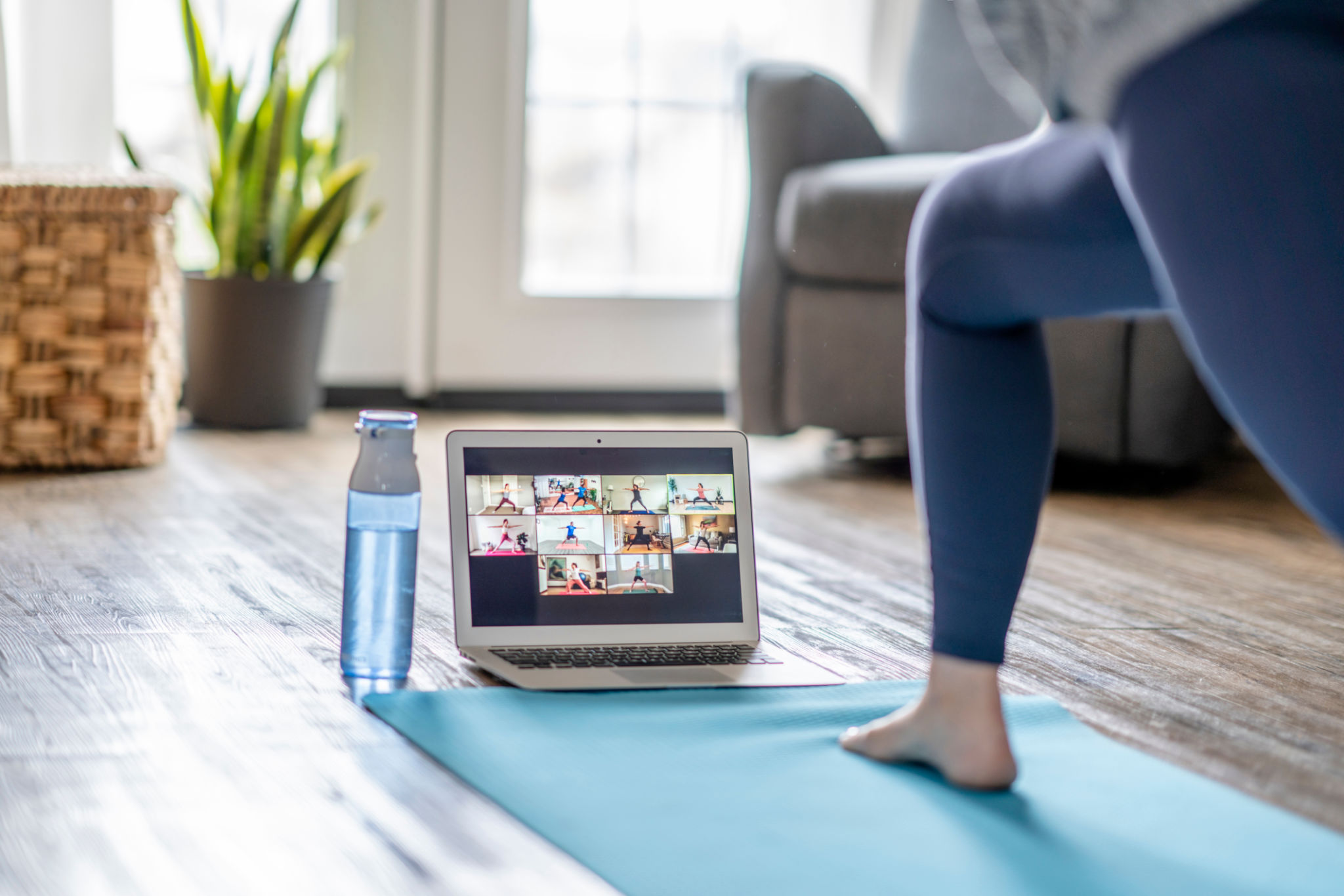Designing Your New Year Virtual Fitness Programs: Tips from Elements Online Coaching
Kickstart Your Virtual Fitness Program
As the new year approaches, many people are eager to jumpstart their fitness goals with fresh routines. Designing an engaging and effective virtual fitness program can be a game-changer for those looking to maintain healthy habits. At Elements Online Coaching, we believe that the key to success lies in thoughtful planning and execution. Here are some tips to help you design a virtual fitness program that will motivate and inspire your clients.
One of the most important aspects of creating a successful virtual fitness program is understanding your audience. Consider the demographics of your clients, their fitness levels, and their goals. Are they beginners or seasoned athletes? Do they prefer high-intensity workouts or more relaxed sessions like yoga or pilates? Tailoring your program to meet these needs will ensure that participants stay engaged and committed.

Crafting a Balanced Schedule
To keep participants interested, it's crucial to offer a well-rounded schedule that includes a variety of workout types. Mixing strength training, cardio, flexibility exercises, and recovery sessions will not only prevent boredom but also provide comprehensive fitness benefits. Ensure that each week has a mix of workouts to target different muscle groups and maintain overall wellness.
When planning your schedule, consider the time of day your clients are most likely to participate. Offering sessions at different times can accommodate varying schedules, making it easier for clients to fit workouts into their busy lives. Additionally, providing recorded sessions can be a great way to offer flexibility and convenience.

Engagement and Motivation Techniques
Keeping clients motivated in a virtual setting can be challenging, but there are several techniques to enhance engagement. Use technology to your advantage by incorporating interactive tools such as live Q&A sessions, virtual leaderboards, and progress tracking features. Gamifying the experience can make workouts more enjoyable and competitive.
Another effective strategy is fostering a sense of community among participants. Encourage group challenges, create social media groups for sharing progress, and celebrate individual achievements. Building a supportive community can enhance accountability and foster long-term commitment.

Leveraging Technology for Seamless Delivery
The success of a virtual fitness program heavily relies on the technology used to deliver it. Choose a reliable platform that supports live streaming, integrates with fitness tracking apps, and offers user-friendly interfaces. High-quality audio and video are essential for clear instruction and maintaining participant attention.
Ensure that you have backup plans in place for any technical difficulties that may arise during live sessions. This might include pre-recorded content or alternative communication channels to keep your clients informed and engaged.
Personalization and Feedback
Personalization is key to enhancing client satisfaction and progress. Offer personalized feedback after each session, highlighting areas of improvement and celebrating successes. This individual attention can boost motivation and help clients achieve their goals faster.
Regularly gather feedback from participants to understand what works well and what needs improvement. Use surveys or direct communication to collect insights, which can guide adjustments to your program for better client experiences.
Designing a virtual fitness program for the new year is an exciting opportunity to inspire positive change in your clients' lives. By focusing on understanding your audience, crafting a balanced schedule, leveraging technology, and fostering community engagement, you can create a program that delivers results and keeps participants coming back for more.
